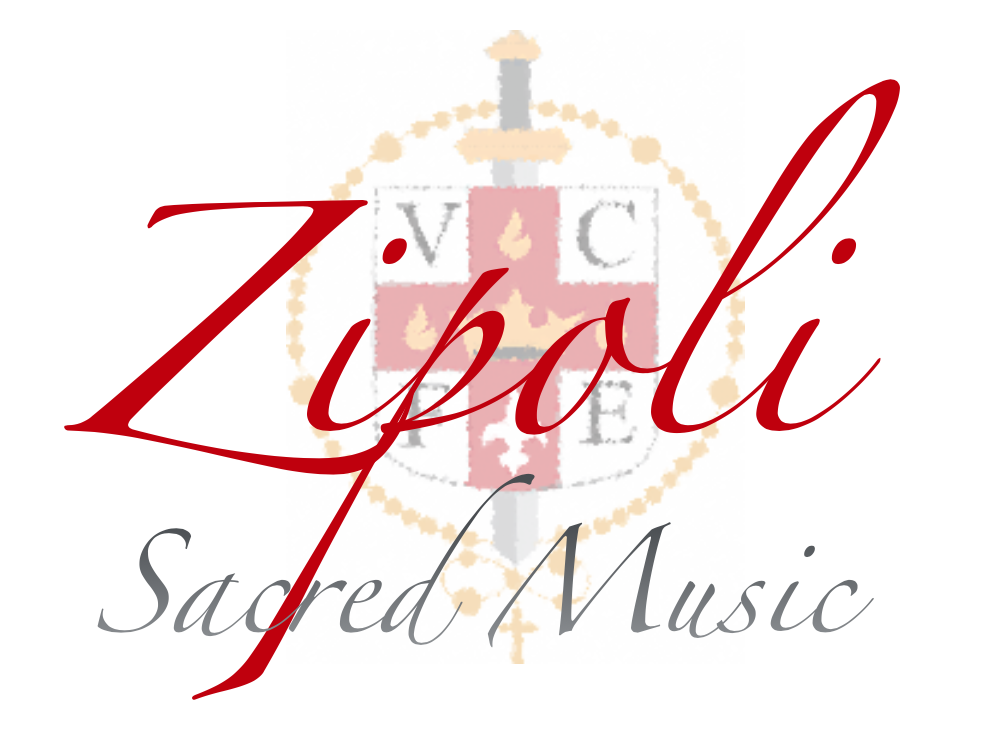Ward Method Overview
The Ward Method of Catholic music instruction for children was developed in the early 20th century as a response to Pope St. Pius X's call for the reform of sacred music as a leading element of the Liturgical Movement. Following the pedagogy of Fr. Thomas Shields, of Catholic University of America, and later using rhythmic elements from chant studied with the monks of Solesmes, Mrs. Ward also incorporated musical techniques of the bel canto and French schools of singing. A highly successful method for teaching music, it was adopted by whole nations in Europe and in Catholic schools across America until the 1970's.
Thankfully, the method has been kept alive by several Master teachers and is taught at Catholic University of America. To be certified to teach in the Ward method, one must enroll in the program at CUA.
That All May Sing
Much like learning to speak a language, the voice of singing may be learned by all, if children are given the proper stimulus at the right stages of development. One may need time to "listen" and hear one's singing voice, but with the Ward method, children learn to match pitch very quickly and go on to read and sing any melody within a diatonic scale in the first year. With just 20 minutes of lesson per day in Catholic schools, usually taught by the "home-room teacher", not a master musician, students in the 6th grade could sight-read 6-part polyphony.
Number Notation
The Ward method assigns a number to each of the syllables found in the Solfege system. Easily understood by children, the instructor sings "Do re mi" while pointing to the numbers, or using the hand gestures. They are able to think the number while they sing the pitch, which is a fundamental musical skill necessary for reading music notation.
Musical and Spiritual Pedagogy
Each Ward lesson includes brief learning in six fundamental areas:
1. Vocal Technique and Production - Vocal Exercises
2. Intonation and Ear Training - Intonation Charts
3. Rhythm - Rhythm charts and combination of rhythms
4. Notation
5. Dictation - "ear tests" and "eye tests"
6. Repertoire/Song
Yet one could say that these lessons are fundamentally about teaching beauty, precision, and the love of God. The lessons begin with games or questions in chant, "tricking them into singing". The songs are beautiful gems of poetry about God's work in creation or a simple "Alleluia, Amen", and reinforce the child's delight in being a part of the church, like a bird safe in the nest.
Rhythm - Metrical Language
Rhythms of "la" (stroke) or "long" (stroke with dot or dots) are the basis of the metrical language. Using the stroke/dot one dimensional system, beginners focus only on duration. This may easily be combined with Number notation, which focuses only on pitch, making the learning of a song a natural step-by-step process, preceeding from the "known" to the "relative unknown". Students learn to "write" the rhythms into the palm of their hands or in the sky. Rhythm is learned as a physical reality, and students from the beginning practice conducting binary and ternary rhythms and eventually the chironomy of Gregorian chant, a rhythm based entirely on human words and speech.




